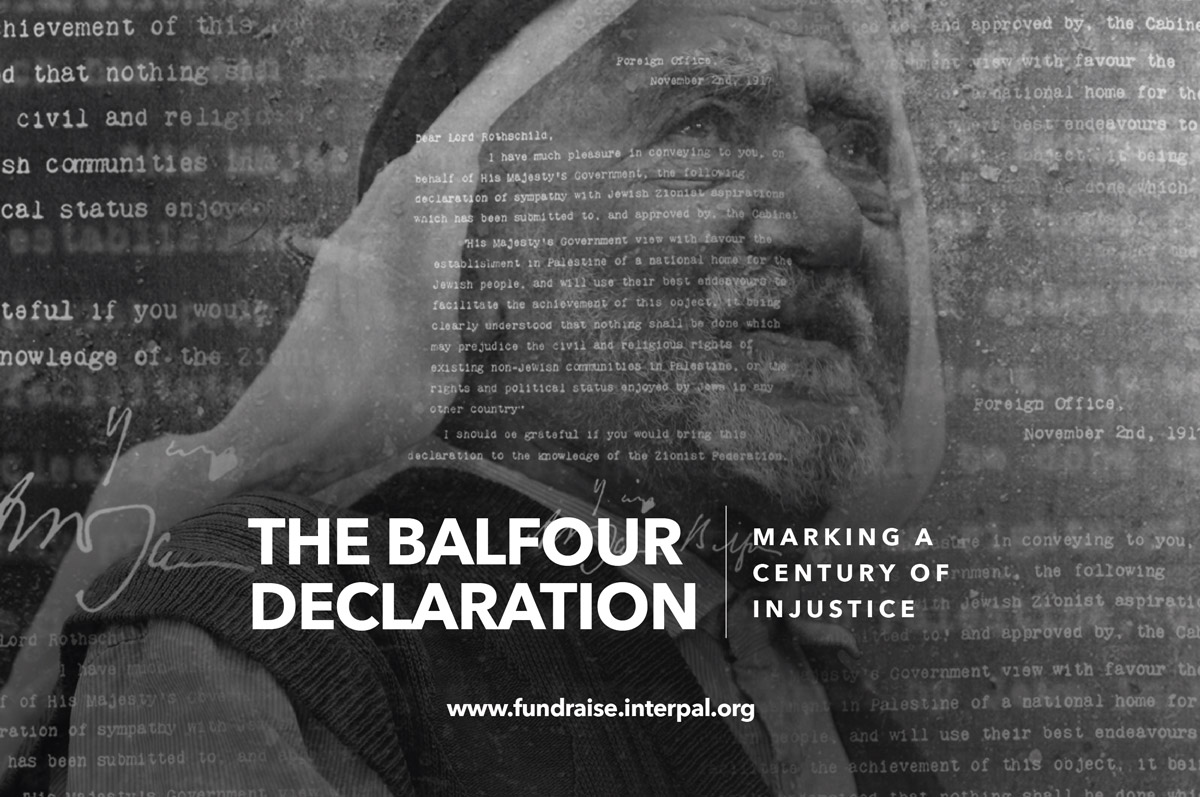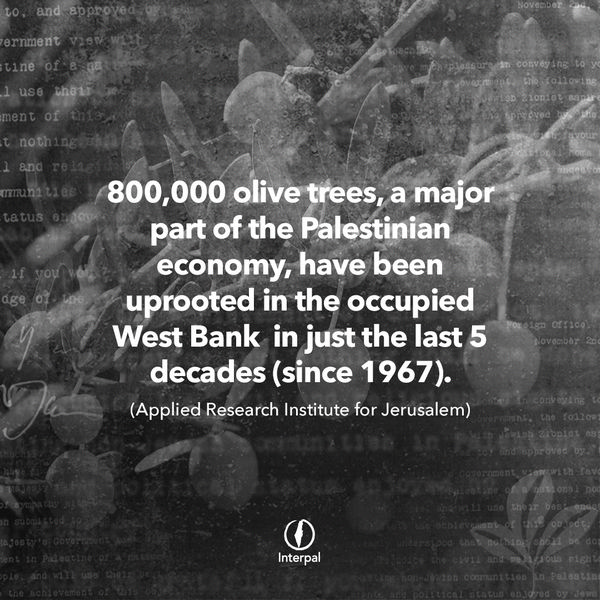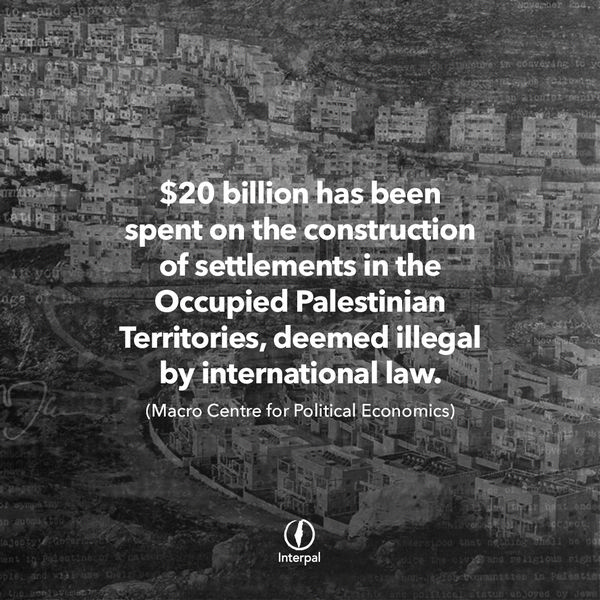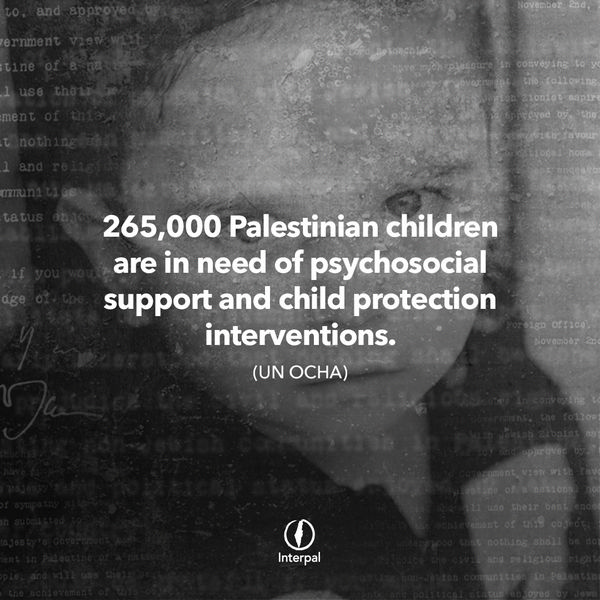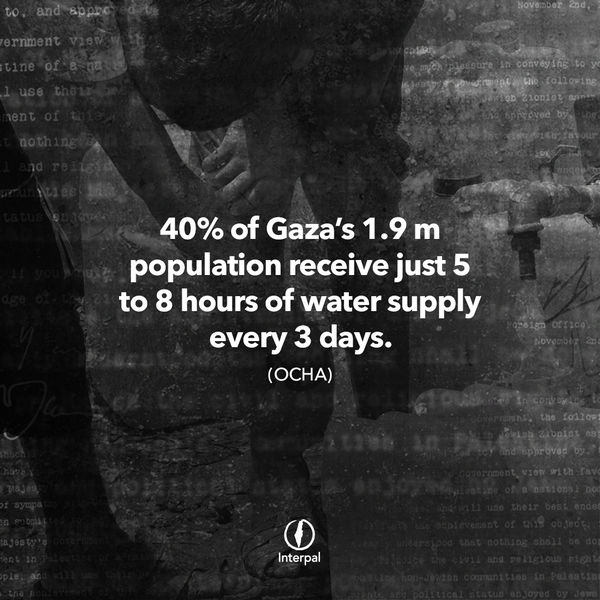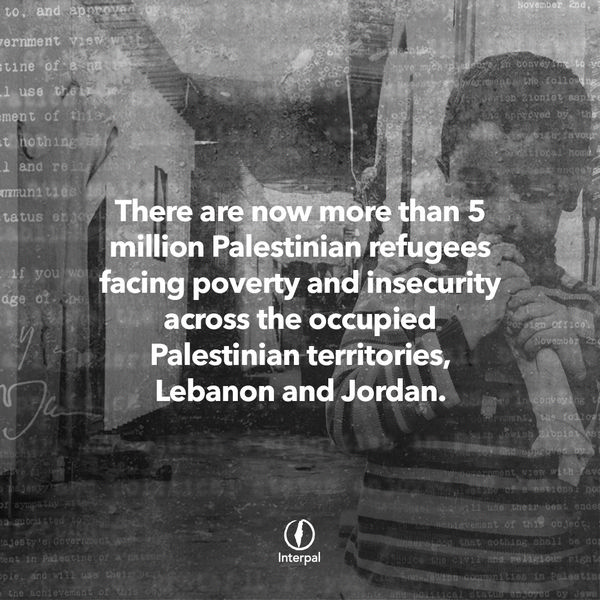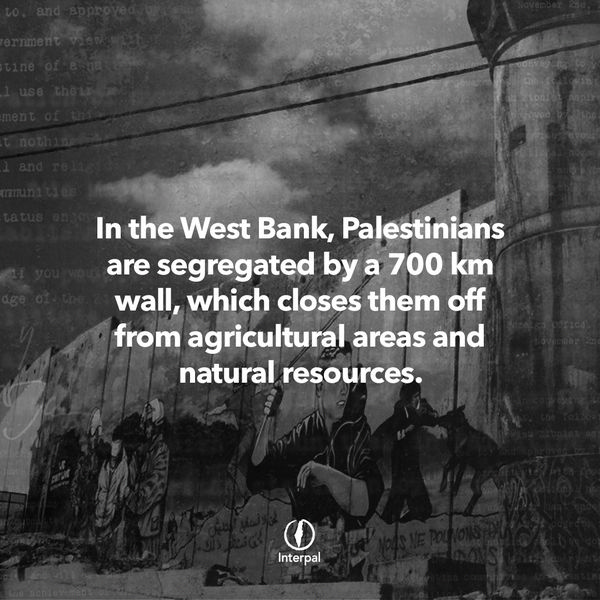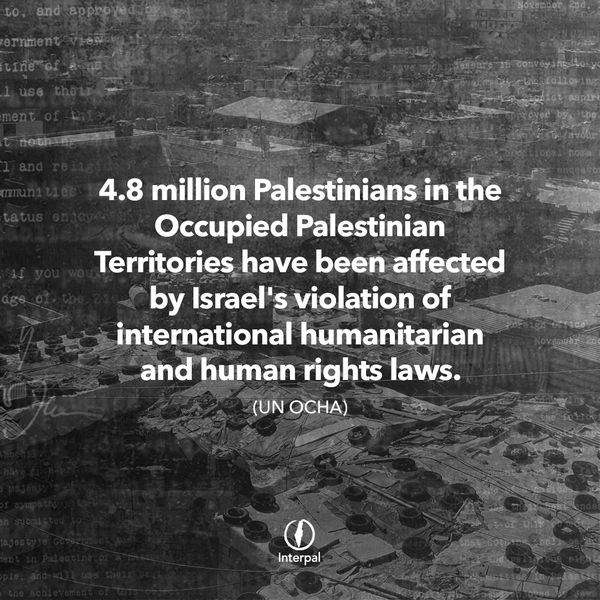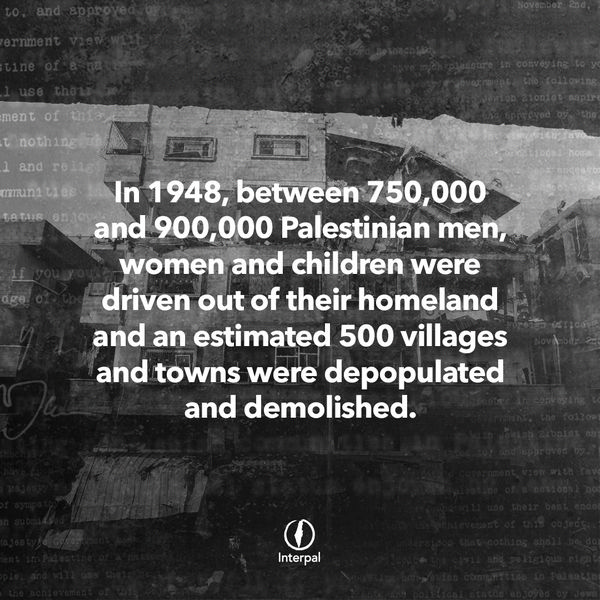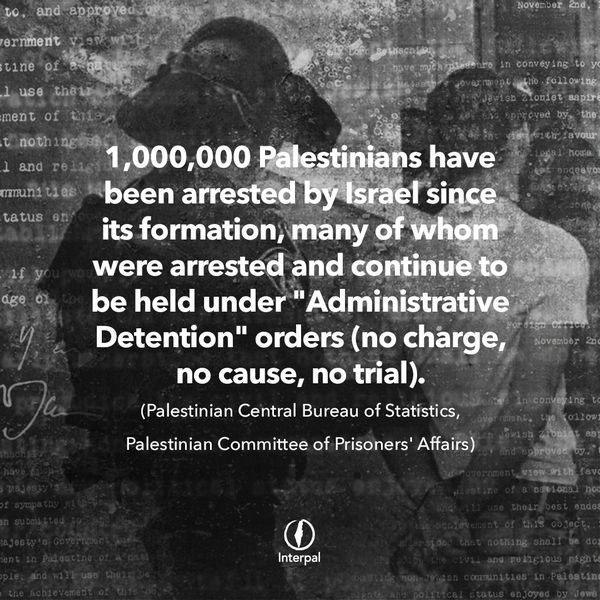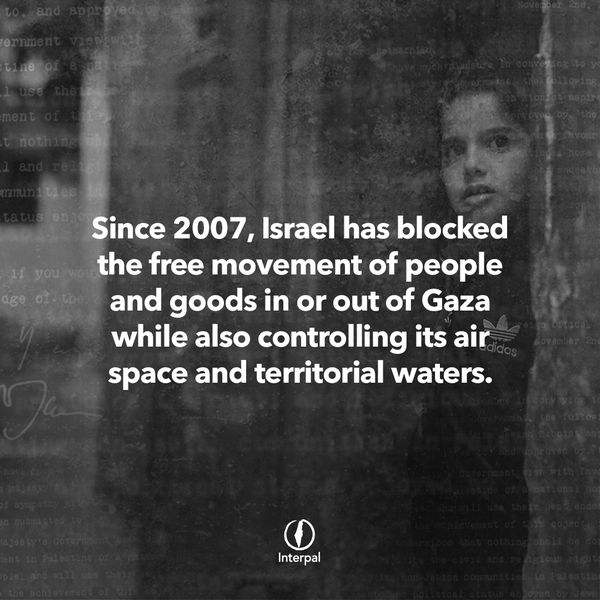The Balfour Declaration:
A century of injustice
Balfour: 100 years on
This year marks one hundred years since the Balfour Declaration was issued and set in motion the process which led to the displacement and dispossession of millions of Palestinians over the course of ten decades.
There are now more than 5 million Palestinian refugees facing poverty and insecurity across the occupied Palestinian territories, Lebanon and Jordan, and in Syria. The Gaza Strip and the West Bank have been under military occupation for 50 years; the West Bank is being colonised by illegal settlers, while the Gaza Strip languishes after a decade of siege.
A century after Balfour, the Palestinians continue to be denied their basic rights to peace and security.
You can get involved. Read on to learn more about the Balfour Declaration and to find out how you can help.
Tell Family & Friends to Take Action
0 supporters have taken action. Be one of them!
The Declaration
The Balfour Declaration was a statement in the form of a letter from the British Foreign Secretary Arthur Balfour to Lord Walter Rothschild, a leading figure in the British Zionist community, written on 2 November 1917.
The letter made it clear that the British government backed the establishment of a ‘national home for the Jewish people’ in Palestine. Three years later, in 1920, Britain was mandated to implement the resolution through the League of Nations.
Palestinians were not represented in the discussions that led to the declaration, nor were they cited by name in the letter. Indeed, they were defined by what they are not (“non-Jewish”), which set the pattern for their “invisibility” in later official discussions about their future.
The letter marks a pivotal moment in the history of Palestine, laying the groundwork for decades of dispossession, conflict and displacement affecting millions of Palestinian lives.
Foreign Office
November 2nd, 1917
Dear Lord Rothschild,
I have much pleasure in conveying to you, on behalf of His Majesty's Government, the following declaration of sympathy with Jewish Zionist aspirations which has been submitted to, and approved by, the Cabinet:
His Majesty's Government view with favour the establishment in Palestine of a national home for the Jewish people, and will use their best endeavours to facilitate the achievement of this object, it being clearly understood that nothing shall be done which may prejudice the civil and religious rights of existing non-Jewish communities in Palestine, or the rights and political status enjoyed by Jews in any other country.
I should be grateful if you would bring this declaration to the knowledge of the Zionist Federation.
Yours,
Arthur James Balfour
Tell Family & Friends to Take Action
0 supporters have taken action. Be one of them!
A Legacy of Injustice
After Balfour
In the years that followed the Balfour Declaration, the objective to create a ‘national home’ for the Jewish people in Palestine continued. In 1923, the British Mandate of Palestine came into effect, and included the entire text of the Balfour Declaration. Again, neither document mentioned the Palestinians by name.
By 1947, the United Nations ruled on the partition of Palestine into two states: one Jewish and one Arab, with international status accorded to Jerusalem.
Palestinians objected to this plan for a number of reasons. One was that Jewish immigrants in Palestine constituted less than 6% of the total population, but were given more than half of the land. In addition, the partition would lead to the loss of nearly all of their arable (fertile farming) land as well as their economic links to the local and wider region.
The Nakba
The Israeli state was eventually created in 1948.
In the run up to the “declaration of independence”, between 0 and 0 Palestinian men, women and children were driven out of their homeland by Jewish militias, and an estimated 500 villages and towns were depopulated and demolished. Approximately 0 Palestinians are said to have been killed in over 70 massacres committed by the militias during this time.
Palestinians refer to this as Al-Nakba, which means ‘catastrophe’.
Almost 70 years later, the displacement and dispossession of Palestinians continue, with more than 5 million registered Palestinian refugees still living in camps across the occupied Palestinian territories, Lebanon and Jordan, and in Syria.
The Occupation
Al Naksa, otherwise known as ‘the Setback’, is the day on which Palestinians commemorate the displacement and dispossession which occurred during and following Israel's occupation of the rest of the land of historic Palestine in the June 1967 war.
In what was called the Six Day War between Israel and neighbouring Arab nations, over 0 Palestinians were expelled from their homes.
Fifty years later, Palestinians in Gaza, the West Bank and East Jerusalem are still living under occupation.
In the West Bank, Palestinians are segregated by a 700 km wall, which closes them off from agricultural areas and natural resources, as well as their schools, universities, workplaces and relatives. With hundreds of military checkpoints, barriers and a complex and restrictive ID system, the lack of freedom of movement in the West Bank is a major factor in increasing poverty and disadvantage among Palestinians.
The blockade on Gaza
The siege of the occupied Gaza Strip has now lasted ten years. Since 2007, Israel has blocked the free movement of people and goods in or out of Gaza while also controlling its air space and territorial waters.
More than 0% of water in Gaza is unfit for human consumption. Residents usually experience power outages for up to 18 hours a day. More than 80% of Gaza’s residents are reliant on international aid to survive.
With the coastal enclave said to become unliveable by 2020, the people of Gaza are living a humanitarian catastrophe. Analysts have suggested that the 2020 deadline has already been passed.
Take Action
0 supporters have taken action already. What are you waiting for?
In the lead up to the centenary of the Balfour Declaration, you can help to raise awareness of its legacy of injustice.
